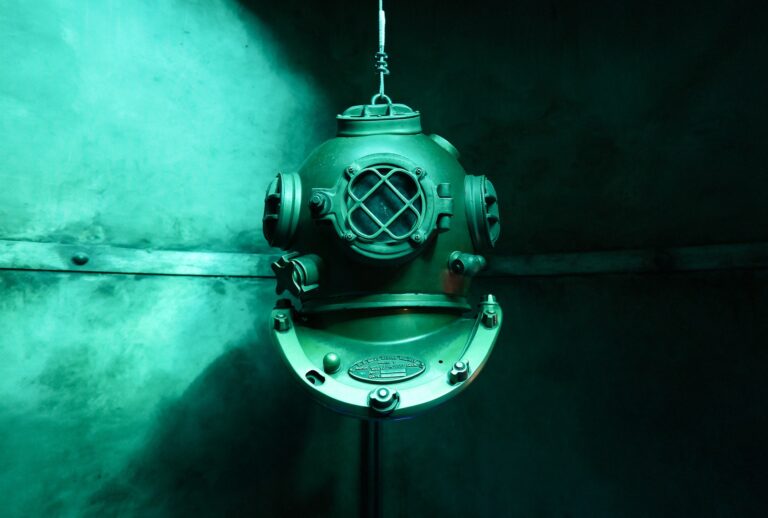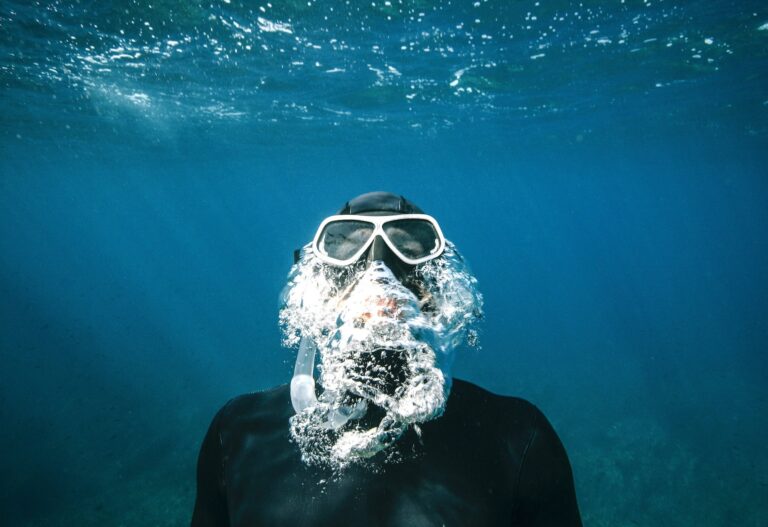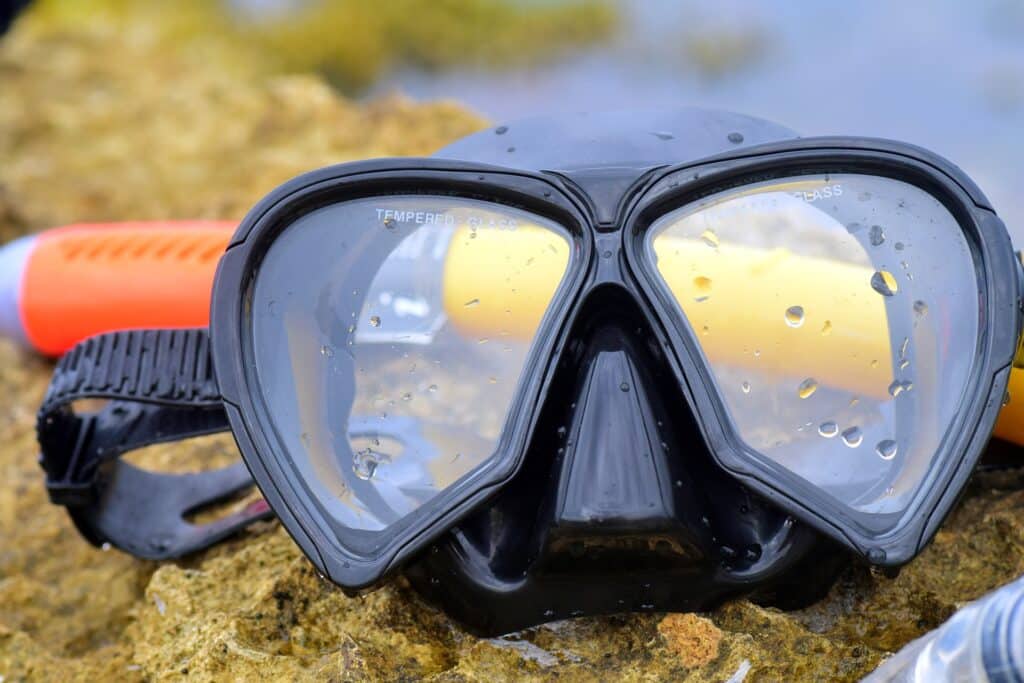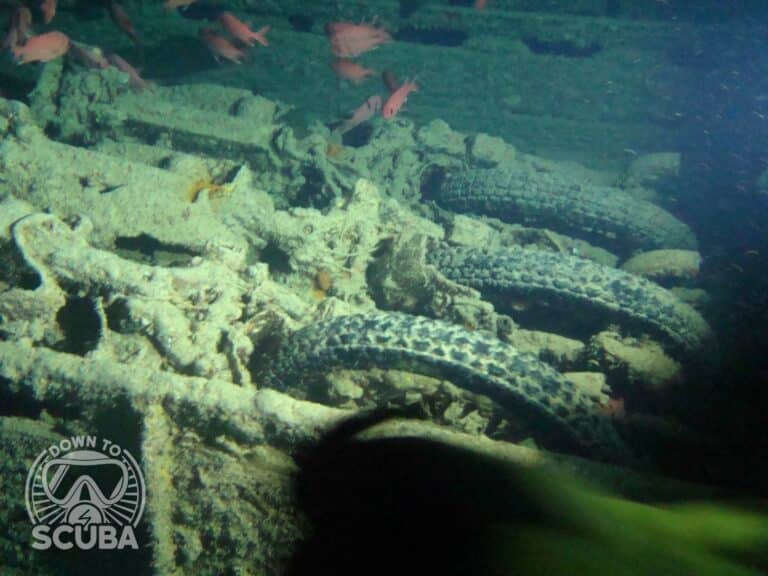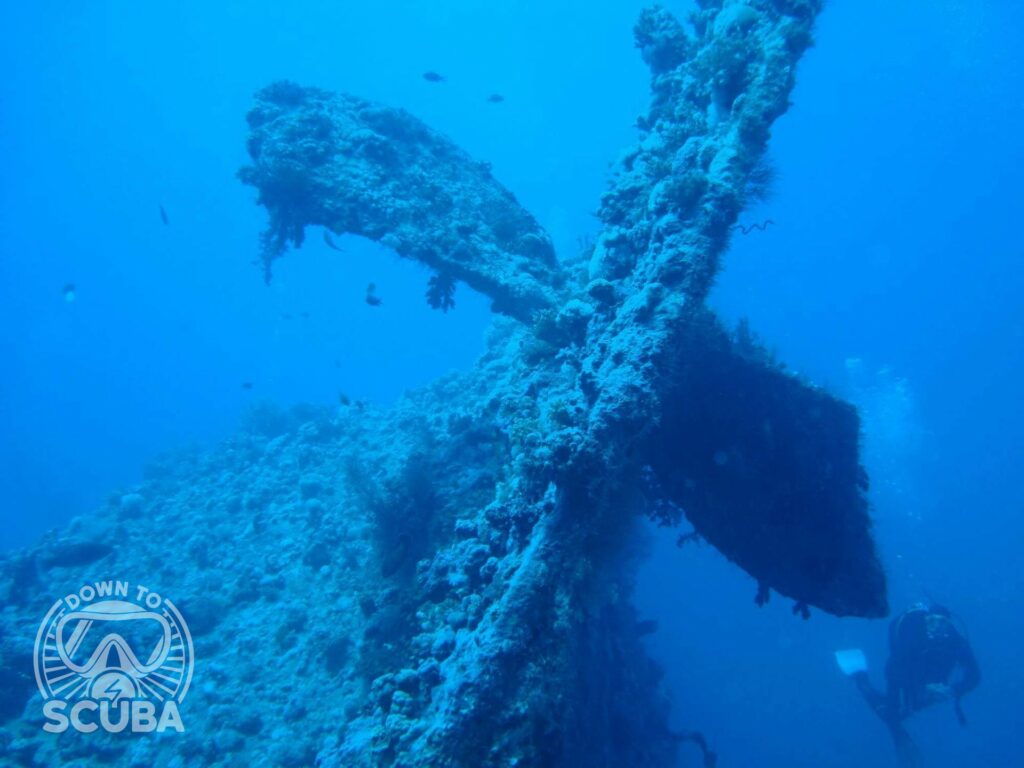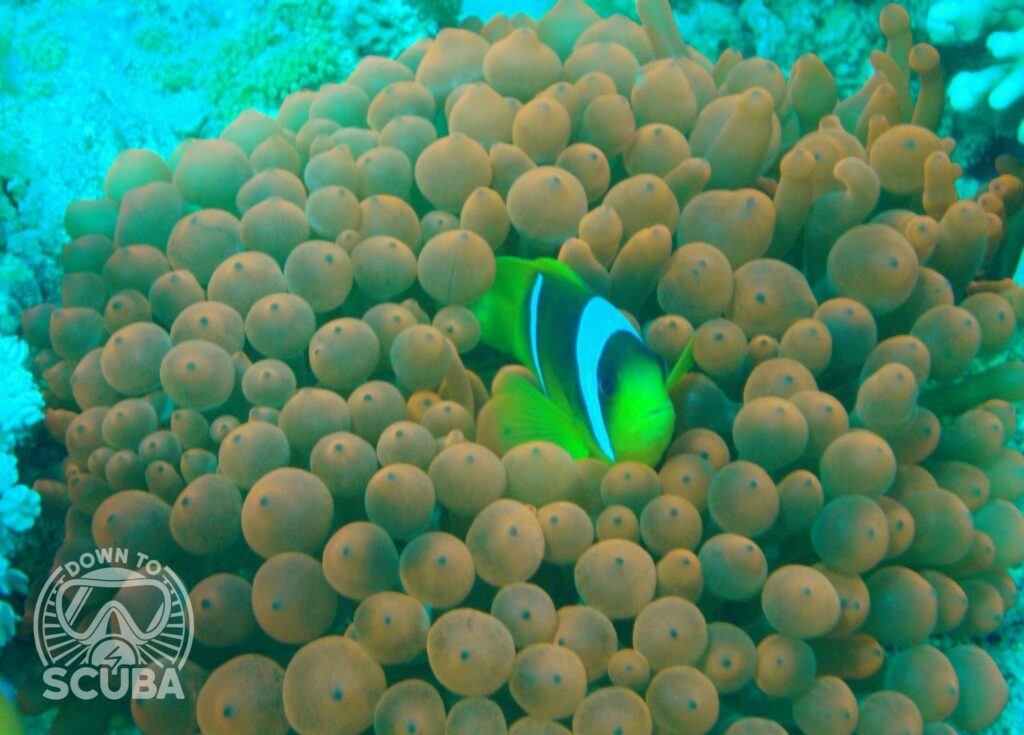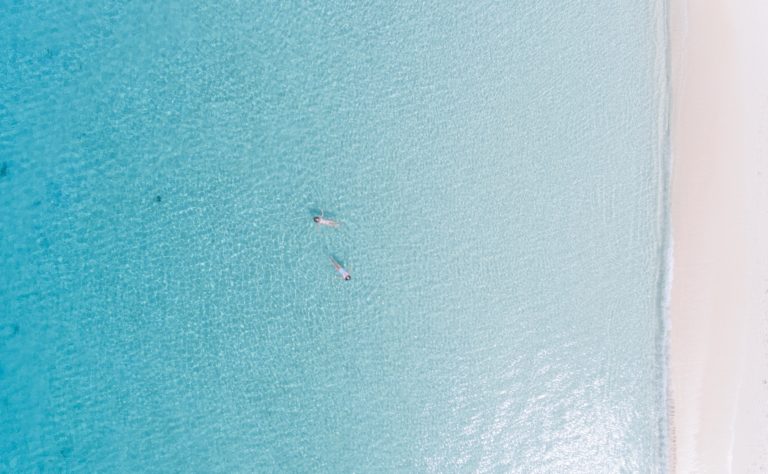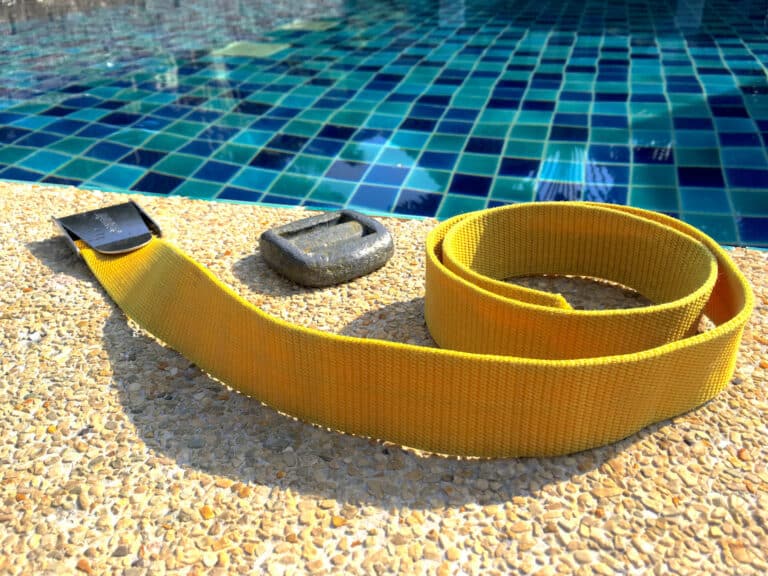Virus outbreaks can happen, and we are currently in the midst of a severe outbreak of the coronavirus (COVID-19). While the news may be blowing the current virus out of proportion, with numbers similar to that of the common flu/cold, divers are now asking the very valid question of how to clean dive gear effectively and protect themselves from disease transmission. So here are some tips on how to disinfect and protect yourself from the virus.

Cleaning SCUBA gear
According to the World Health Organization (WHO) and the Centers for Disease Control and Prevention (CDC), using disinfectant should be enough to sanitize objects before use. This is because disinfecting the surface of an object kills the germs that could be passed on. Good diving centers should be cleaning their equipment in fresh, clean water, ideally with some disinfectant.
Another thought to consider is the chlorine used in swimming pools. Chlorine, when added to water, actually creates a weak acid called hypochlorous acid, which is very good at killing bacteria and many viruses. This means your confined sessions in a pool should help slow down the spread of any potential COVID-19 germs!
Which disinfectants to use?
- Dettol is a great disinfectant that smells good too
- The CDC says that household cleaners are just as effective against this strain of Coronavirus as they are against the common cold and flu germs
- Steramine tablets are recommended
Tip: Do not use bleach, such as Clorox. Bleach can discolor or weaken the rubber on a mouthpiece, or other parts of your expensive dive equipment.
How to clean dive gear properly
- You should dunk the mask, 2nd stages of the regulator (the mouthpieces), and snorkel in clean water with some disinfectant. You should swirl the objects in the water and use your clean hands to firmly rub the objects in the water. Pay close attention to the inside of your mask, and then mouthpieces of the objects
- You can also use a disinfectant bacteria wet wipe to rub-down the areas that can touch your mouth and face (mouthpieces, inside of the mask etc.) before cleaning them with fresh water
- Clean your BCD in freshwater, then wash the inflator hose carefully, by wiping down and around the mouthpiece of the hose
How to Disinfect a Snorkel and Mouthpieces
You should pay attention to all the mouthpieces when cleaning your snorkel and dive gear. Many viruses can be transmitted by the mouth (and via the nose and eyes). How to clean a snorkel mouthpiece effectively is to disinfect the snorkel and your mouthpieces. You should dunk it in a disinfectant that has been diluted with fresh water. Use a soft-bristle toothbrush or your finger to brush and remove any algae or residue from the mouthpieces. Try to brush as much of the inside of the mouthpieces as possible.
Tip: Some snorkels allow you to remove the mouthpiece and then reattach. If you want to properly clean your regulator mouthpieces, then remove it first when cleaning.
How to Clean Scuba Booties and Gloves
Scuba booties and dive gloves are handled often and can carry viruses and bacteria. To clean scuba booties and gloves effectively, you should soak them in water and disinfectant. Warm water is preferable. Not too hot to damage the neoprene, but warm enough to clean the material. Soak for a few hours, and then dry them completely. The best way to dry scuba booties or boots is to hang them upside down so the inside of the boot and sole can dry. Hang them on a stick or on a rack to get airflow inside the bootie. This also stops them from stinking up! If the airflow is not strong enough, or you are in a damp area, then try stuffing dry newspaper in the booties as this will soak up the moisture. This method can be applied to gloves as well.
Tip: Do not leave scuba booties or gloves on a heater. The heat can warp the neoprene and weaken the material.
Read More: How to Clean A Wetsuit At Home
How does the virus spread?
This particular virus is spread by close contact with another person (within 6 feet). It is also thought to be spread through respiratory droplets, for example, when an infected person coughs or sneezes. If these droplets land in the mouths or noses of other people, then it can be inhaled into the lungs by the new potential victim.
There is also a possibility that someone can get infected by COVID-19 by touching a surface or object that has the virus on it, then touching their own mouth, nose, or eyes. This is why cleaning SCUBA diving equipment is so important.
Dive equipment that could spread the virus
Equipment that is more at risk of carrying and spreading the virus includes:
- Mask
- Snorkel
- Mouthpieces of the regulator
- Oral inflator hose on the BCD
Tips for avoiding coronavirus (COVID-19)
- Clean your hands thoroughly with warm, soapy water for at least 20 seconds. Especially when traveling in a contained area.
- Cover your mouth/nose when sneezing to prevent the spread of germs.
- Bring your own mouthpiece and zip-ties if you are concerned about the rental regulator.
- Talk to your dive center about how they clean their rental equipment.
- Bring your own disinfectant wet wipes.
- Buy your own scuba or snorkeling equipment!
- Stay underwater – no chance of catching the Coronavirus COVID-19 down there!
Conclusion
Viruses will always be around, and while this case may seem more severe, taking the usual precautions on how to clean dive gear should be the norm before any dive. Choose a dive center that regularly cleans and disinfects their dive equipment. Talk to your dive leader if you have any concerns or issues before the dive. Invest in your own mask and snorkel. And if you are very concerned, then bring your own mouthpiece and zip-ties. The main thing is to stay calm, take the necessary precautions, don’t panic, and keep on diving!
